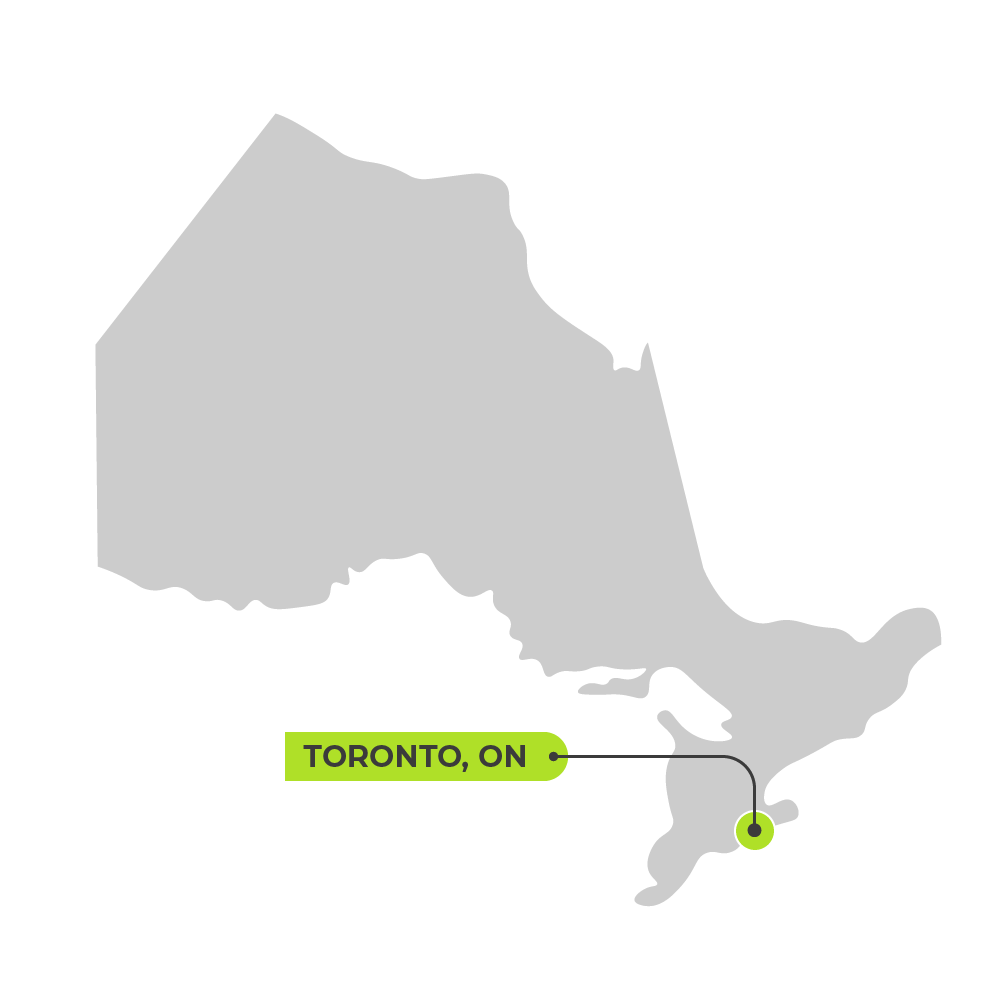A major energy-efficiency retrofit project in Toronto has delivered better indoor air quality and greater comfort to 1,500 residents.
Results

895 tonnes
of GHG emissions avoided per year

12
community members trained on site and hired

1,677 hours
of employment created through Building Up
In 2012, Toronto Community Housing (TCH) set out to reduce the environmental impact of its housing portfolio and partnered with The Atmospheric Fund (TAF), a regional climate agency that invests in low-carbon solutions, to retrofit seven community housing buildings. Their goal was to reduce greenhouse gas (GHG) emissions by 30 percent and utility costs by at least 20 percent. The project would also dramatically improve comfort and indoor air quality for the buildings’ 1,500 residents.
Over three years, TCH and TAF retrofitted the buildings with energy-efficient equipment and energy monitoring technology. They installed smart thermostats and replaced oversized and poorly controlled boilers with high-efficiency models.

Watch this video of Bryan Purcell, Vice-President of Policy and Programs at The Atmospheric Fund, to learn how an innovative non-debt financing model carved the way for new thinking and led to major energy-efficiency retrofits in the City of Toronto.

Residents who once kept their windows open in winter to deal with excess heat were given control over the heat in their homes. New heat recovery ventilation systems brought more fresh air to the buildings, and two of the buildings also received welcome cooling in the summer. Replacing inefficient toilets with ultra low-flow models also brought substantial financial savings.
TCH and TAF significantly streamlined the retrofits by grouping the seven buildings into a single initiative and selecting a design-build firm that could handle a project on that scale. TCH, TAF and the design-build firm worked in partnership through all phases of the project, using an integrated project delivery (IPD) approach rather than the more usual linear design and review process. The project partners consider this approach a major part of the project’s success.
Another big success factor was the project’s innovative financing model. TCH and TAF signed an Energy Savings Performance Agreement™, a form of non-debt financing.
Under the agreement, TAF would cover the capital costs up front and TCH would repay TAF through the energy savings created by the project until the investment was repaid, plus a small return. The design-build firm was required to guarantee the energy savings for 10 years.
The partners also worked with Building Up, a non-profit organization that trains people facing employment barriers, to offer opportunities for hands-on learning during the retrofit process. Twelve community members were hired to work on the project for a total of 1,677 hours of employment.
TCH has used its experience to inform retrofits of a number of other buildings and is working with other municipalities to help them do the same.
Through its retrofits, TAF is showing that climate action can lead to new jobs.”
—Roshaun Singh, Building Up
Want to explore all GMF-funded projects? Check out the Projects Database for a complete overview of funded projects and get inspired by municipalities of all sizes, across Canada.

